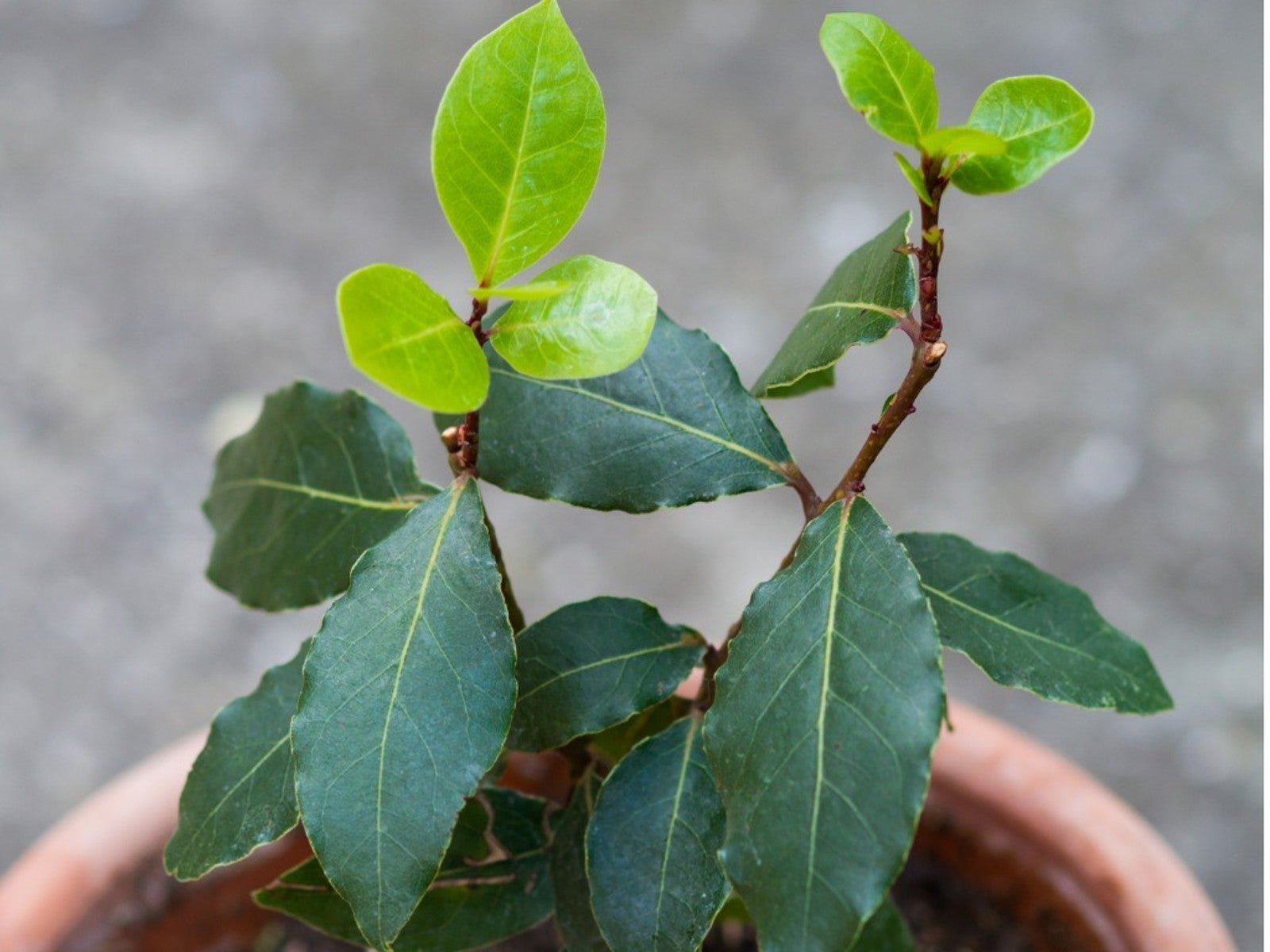Bay Laurel In A Container – Caring For Container Grown Bay Trees


Bay leaf is known as a seasoning, but those leaves grow on a tree of the same name. It can grow up to 60 feet (18 m.) high in the wild. Can you grow bay in a container? It is entirely possible. A bay leaf tree in a pot is attractive, accepts pruning, and stays much smaller than forest trees. For information about growing bay leaves in containers, read on.
Bay Laurel in a Container
Bay leaf (Laurus nobilis), also called bay laurel or bay tree, is an evergreen tree native to the Mediterranean region. It is known to American cooks as a seasoning, but to gardeners, it is also a charming garden ornamental. Bay leaf has been grown for centuries. The famous celebratory “crown of laurels” was made from bay leaf. In addition, the leaves are used medicinally in Europe.
Bay laurel has attractive, shiny foliage that stays on the tree all year-round. Add to that the delight of a sweet fragrance with a touch of spicy nutmeg. The tree grows yellow flowers that turn into dark berries in the autumn.
Container grown bay trees are nice additions to a small garden. If you are growing bay leaves in containers, you can leave them outside in winter if you live in U.S. Department of Agriculture plant hardiness zones 7 through 10. If your climate is cooler, you’ll have to carry the container-grown bay trees inside in winter.
How to Grow Bay Leaf Tree in a Pot
A bay leaf can grow into a towering tree over time, so how can you grow bay in a container? The fact is bay leaf grows very slowly and accepts almost severe pruning. You can snip it down to size by pruning every year. When you grow bay laurel in a container, the tree naturally stays smaller than when its roots are in the soil.
To start growing bay leaves in containers, you can plant bay leaf seeds. However, seeds take a long time to get started. It’s faster if you purchase small seedlings. They will ultimately grow into mature bay trees.
Drainage is very important to a bay leaf. Select a container with ample drain holes and use container soil that drains easily. Start with a small pot and repot when necessary. Don’t be in a hurry to transplant your bay laurel in a container. The plants do well when they are a little cramped. Wait until you see roots coming out of the container’s drainage holes.
Sign up for the Gardening Know How newsletter today and receive a free copy of our e-book "How to Grow Delicious Tomatoes".
Where to put a bay leaf tree in a pot? If it is outdoors, select a spot that is somewhat protected from the elements. Pick a spot with some shade and with wind protection. If you bring the pot inside during cold weather, put it in a cool spot. It will go dormant, so it won’t require much water or sun. If you site the bay leaf tree in a pot in a warmer area, it will not be dormant, so you’ll need to make sure it gets some sun and regular water.

Teo Spengler is a master gardener and a docent at the San Francisco Botanical Garden, where she hosts public tours. She has studied horticulture and written about nature, trees, plants, and gardening for more than two decades, following a career as an attorney and legal writer. Her extended family includes some 30 houseplants and hundreds of outdoor plants, including 250 trees, which are her main passion. Spengler currently splits her life between San Francisco and the French Basque Country, though she was raised in Alaska, giving her experience of gardening in a range of climates.